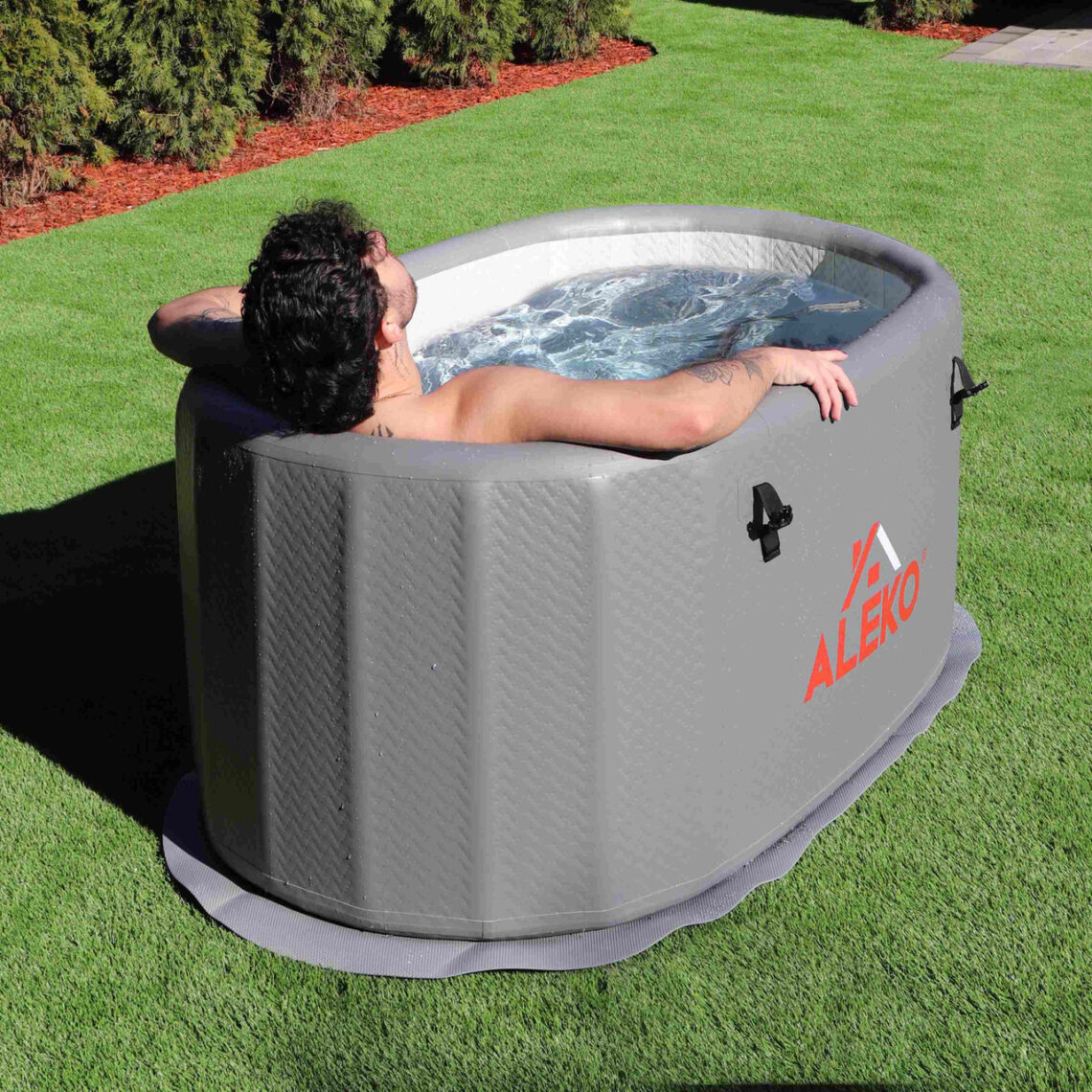Cold plunging, also known as cold water immersion or simply an ice bath, has gained popularity in recent years for its many health benefits and ability to aid muscle recovery. From athletes to health enthusiasts, many are incorporating cold plunges into their routines. But the burning question remains: how often should you cold plunge? Let’s dive into the icy waters and explore the optimal frequency for this chilly practice.
Understanding The Basics of Cold Plunging
Before we plunge into the frequency, let’s go over the basics of cold plunging. Essentially, it involves immersing your body in cold water for a specific duration. This could be in a cold tub, an ice barrel, a natural body of cold water, or even a chilly shower. The aim? To elicit a cold shock response from your body.
But why subject yourself to such frosty conditions? The magic lies in the cold shock response, which triggers a cascade of physiological changes within your body. When exposed to cold water, your blood vessels constrict in a process known as vasoconstriction. This helps to preserve core body temperature and redirects blood flow to vital organs.
However, as you emerge from the icy depths, your blood vessels dilate rapidly in a phenomenon called vasodilation. This sudden rush of blood that occurs during cold therapy not only warms you up but also delivers a surge of oxygen and nutrients to your tissues, promoting faster recovery and revitalization. So, while it may seem counterintuitive to plunge into cold water, the benefits are worth braving the chill.
The Benefits of Cold Plunging
Why bother subjecting yourself to such frigid conditions? Well, there’s more to it than just an exhilarating chill. Cold plunging boasts a myriad of benefits, from promoting muscle recovery to boosting mental clarity. Here’s a snapshot of what you stand to gain:
- Muscle Recovery: Cold plunging can help alleviate muscle soreness and expedite the recovery process after intense physical activity. While you can do a cold plunge before or after a workout, cold exposure therapy is an excellent way to relieve sore muscles and speed up recovery time.
- Improved Blood Circulation: The cold temperature causes your blood vessels to constrict and then dilate, promoting better blood flow throughout your body.
- Enhanced Mental Health: Immersing yourself in cold water can trigger the release of endorphins, those feel-good hormones that leave you feeling invigorated and uplifted.
- Regulated Body Temperature: Regular exposure to cold water can train your body to better regulate its temperature, making you more resilient to extreme conditions.
- Strengthened Immune System: Some proponents believe that cold plunging can bolster your immune system, although more research is needed in this area.

Determining the Frequency
Now, let’s tackle the golden question: how often should you indulge in cold plunging to reap these benefits without overdoing it?
- Listen to Your Body: The frequency of cold plunging varies from person to person. Pay attention to how your body responds. If you’re feeling excessively fatigued or your muscles are taking longer to recover, you might be overdoing it.
- Start Slow: If you’re new to cold plunging, start with once or twice a week and gradually increase the frequency as your body adapts. Remember, Rome wasn’t built in a day, and neither is your cold tolerance.
- Consider Your Goals: Your cold plunging frequency may also depend on your specific health and fitness goals. If you’re training for a marathon or gearing up for a grueling workout regimen, you might benefit from more frequent cold plunges to aid in recovery.
- Balance with Other Therapies: Cold plunging shouldn’t be your sole recovery strategy. Combine it with other modalities such as stretching, foam rolling, and adequate rest to optimize your recovery process.
- Consult a Professional: If you have any underlying health conditions or concerns, it’s always wise to consult with a healthcare professional before embarking on a cold plunging regimen. They can provide personalized advice based on your individual circumstances.
Common Mistakes to Avoid
As with any wellness practice, there are pitfalls to watch out for when it comes to cold plunging:
- Going Too Cold, Too Fast: Don’t be tempted to jump straight into freezing water, especially if you’re new to cold plunging. Start with slightly cooler temperatures and gradually work your way down.
- Ignoring Warning Signs: If you experience dizziness, nausea, or extreme discomfort during a cold plunge, listen to your body and exit the water immediately. Pushing through could do more harm than good.
- Overlooking Warm-Up and Cool-Down: Just like any workout, it’s important to warm up your body before a cold plunge and allow it to gradually return to its normal temperature afterward.
- Neglecting Hydration: Cold plunging can be dehydrating, so be sure to drink plenty of water before and after your plunge to stay hydrated.
Creating Your Ideal Cold Plunge Routine
So, how often should you cold plunge? There’s no one-size-fits-all answer. It ultimately boils down to your individual tolerance, goals, and overall well-being. Whether you’re a seasoned cold plunger or a curious newbie, listen to your body, start slow, and above all, stay frosty!
If you’re looking to buy your very own cold plunge, shop our wide selection of ALEKO outdoor cold plunge tubs today.






